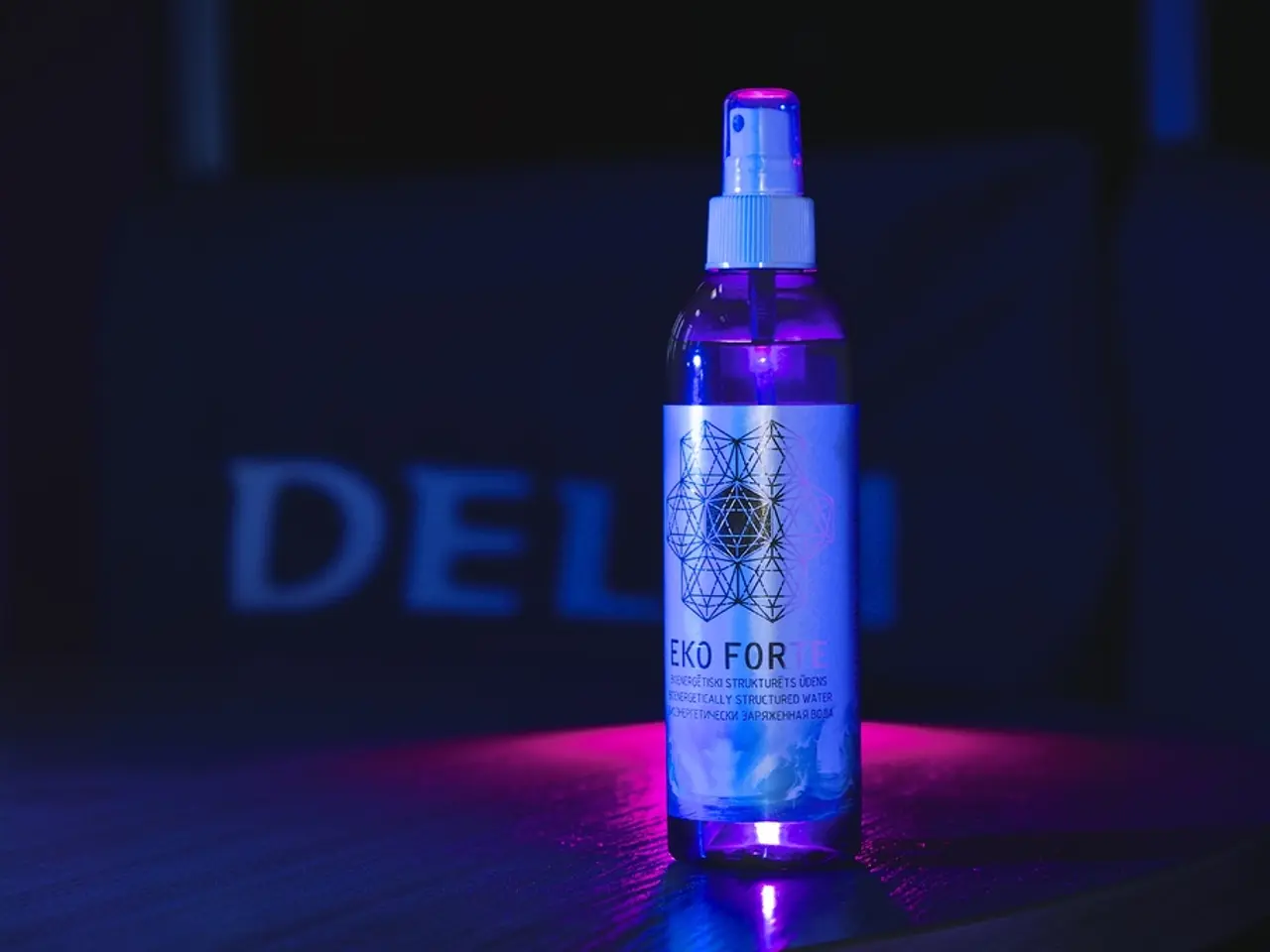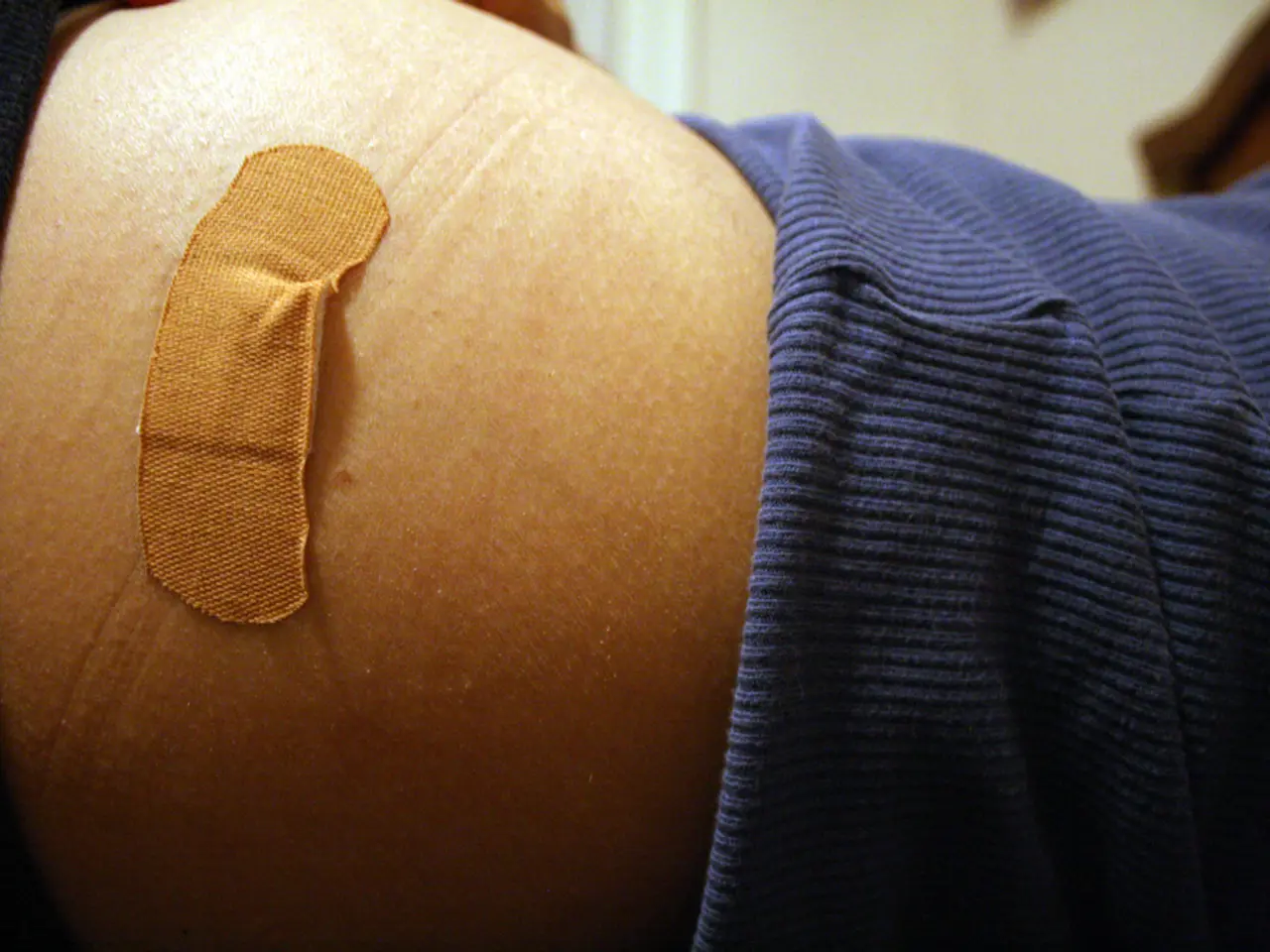Hyperbaric oxygen treatment: Advantages and potential dangers
Hyperbaric Oxygen Therapy (HBOT) is a medical treatment that involves breathing almost pure oxygen in a pressurized chamber. The therapy's primary function is to increase the concentration of oxygen available to the body's tissues, which can aid in healing damaged tissue.
According to the latest medical policies and FDA clearances, HBOT is approved for a specific set of medical conditions where increasing oxygen delivery to tissues is clinically beneficial. These approved indications include:
1. Air and gas embolism (air or gas bubbles in blood vessels) 2. Severe anemia (when blood transfusions are impossible or must be delayed) 3. Severe burns (typically treated at specialized burn centers) 4. Carbon monoxide poisoning 5. Crush injuries 6. Decompression sickness (commonly associated with diving) 7. Radiation tissue damage 8. Non-healing diabetic foot ulcers 9. Chronic wounds such as venous stasis ulcers, pressure sores, and certain skin graft issues
These conditions represent the core FDA-approved indications for systemic HBOT administered in pressurized chambers.
While HBOT is being explored and used for other conditions like stroke, sports injuries, autism spectrum disorders, and cognitive enhancement, these uses are generally considered investigational or supportive rather than FDA-approved.
It is crucial for individuals considering HBOT to consult their doctor for advice before undergoing treatment and seek treatment in approved facilities with trained staff who provide HBOT under FDA-approved conditions.
In a chamber for one, the person lies on a table that slides into a clear plastic tube. HBOT sessions typically take place in a sealed chamber, either alone or with others, and may include receiving pressurized oxygen through a mask or hood, talking with a therapist or technician, and listening to music or watching TV to encourage relaxation.
However, it is important to note that "soft" or "mild" HBOT chambers are unlikely to sustain the necessary pressure or guarantee the purity of the oxygen, and there is a risk of explosion and fire due to the highly explosive and flammable nature of pure oxygen. Inappropriate use of HBOT can lead to a number of adverse effects, including pain and damage to the ears, sinuses, eyes, teeth, anxiety, claustrophobia, increases in blood pressure, hypoglycemia, pulmonary edema, collapsed lung, vision changes, oxygen toxicity, and potential suffocation, explosion, and fire.
HBOT chambers that do not comply with FDA approval may be unsafe or unfit for medical use. Therefore, it is essential to ensure that the facility providing the treatment adheres to FDA guidelines for the safety and efficacy of HBOT.
In severe cases of burns, infections, vision loss, and other conditions, treatment will occur in a hospital setting. The length of an HBOT session depends on the reason for the treatment.
As HBOT chambers appear in various facilities, including hospital outpatient departments and spas, and there are even chambers for home use, it is essential for individuals to make informed decisions about their health and seek advice from qualified medical professionals before undergoing any treatment.
[1] FDA. (2021). Hyperbaric Oxygen Therapy. Retrieved from https://www.fda.gov/medical-devices/products-and-medical-procedures/hyperbaric-oxygen-therapy [2] National Institute of Health. (2021). Hyperbaric Oxygen Therapy. Retrieved from https://www.ncbi.nlm.nih.gov/books/NBK532966/ [3] Mayo Clinic. (2021). Hyperbaric oxygen therapy. Retrieved from https://www.mayoclinic.org/tests-procedures/hyperbaric-oxygen-therapy/about/pac-20394833
- The predictive science of medical-conditions suggests that Hyperbaric Oxygen Therapy (HBOT) could potentially aid in the healing of depression, given its effectiveness in increasing oxygen delivery to the brain.
- In the realm of health-and-wellness, some research indicates that HBOT may hold promise for controlling obesity, as increased oxygen availability can improve metabolic efficiency.
- Given the association between Alzheimer's disease and reduced oxygen delivery to the brain, some therapeutic and treatment strategies propose the use of HBOT for Alzheimer's, aiming to promote healing and reverse cognitive decline.
- To ensure that HBOT is administered safely and effectively for various medical-conditions, it is essential to consult with a medical professional before starting therapies-and-treatments, and to seek treatment in facilities that adhere to FDA guidelines for the safety and efficacy of HBOT.




